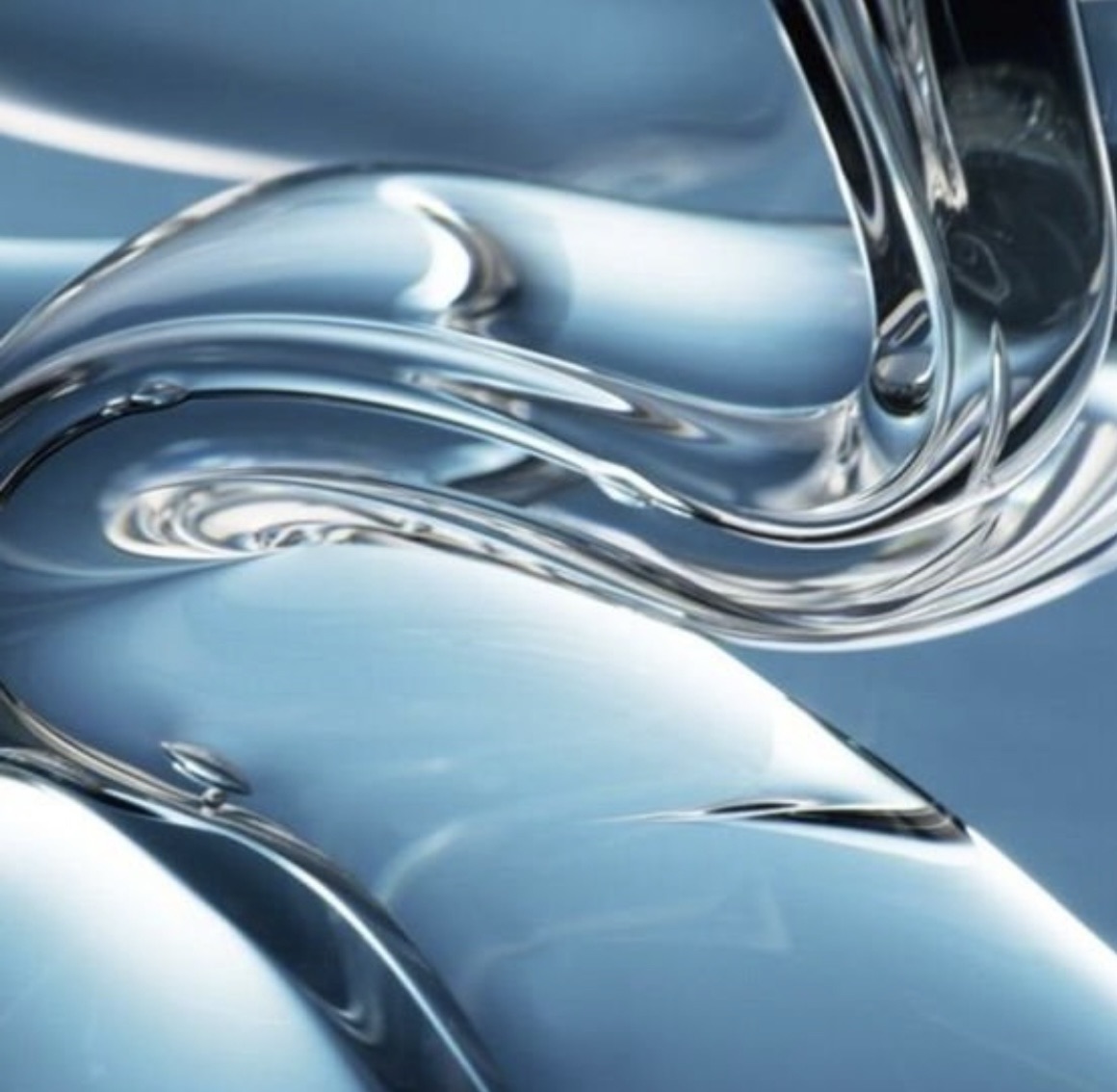The difference between hydroxyl silicone oil and phenyl silicone oil
Hydroxy silicone oil and phenyl silicone oil are important members of organosilicon materials, but they have significant differences in chemical structure, physical properties, and application fields. This article will provide a detailed comparison between the two from these aspects.
product link:
https://www.112seo.com/productcategory-hydroxyl-silicones.htmlhttps://www.112seo.com/productcategory-hydroxyl-silicones.html
1. Chemical structure
Hydroxysilicone oil: It is a linear polydimethylsiloxane with hydroxyl end groups, and its molecular structure formula is HO [(CH3) ₂ SiO] ₙ H. The presence of hydroxyl groups gives it certain reactivity and can undergo condensation reactions with other compounds containing hydroxyl or alkoxy groups under the action of catalysts.
Phenyl silicone oil: It is a liquid of poly (methylphenylsiloxane), with the main chain composed of silicon and oxygen atoms, and the side group connected to silicon is phenyl. According to the different phenyl content, phenyl silicone oil can be divided into low phenyl (phenyl mole fraction of 5% to 10%), medium phenyl (phenyl mole fraction of 25%), and high phenyl (phenyl mole fraction of 45%).
 2. Physical properties
2. Physical properties
Hydroxysilicone oil:
Colorless or pale yellow transparent oily substance, with low viscosity (≤ 20mm ²/s at 25 ℃) and a hydroxyl content of 4% to 8%.
It has excellent electrical insulation, high and low temperature resistance (can be used for a long time under conditions of -50 ℃ to+250 ℃), low surface tension, and good hydrophobicity and moisture resistance.
Phenyl silicone oil:
Colorless or pale yellow transparent oily substance, with a density of 1.00-1.11 g/cm ³ and a refractive index of 1.425-1.533.
The solidification point of low phenyl silicone oil is as low as -70 ℃, and it has good low temperature resistance; High phenyl silicone oil has higher high temperature resistance and radiation resistance.
3. Chemical properties
Hydroxyl silicone oil: Due to the presence of terminal hydroxyl groups, hydroxyl silicone oil has high chemical reactivity and can be used to synthesize materials such as polysiloxane polyurethane.
Phenyl silicone oil: It has relatively stable chemical properties and does not react with water, acid, or base under conventional conditions. It has excellent heat resistance and chemical resistance, and can be used for a long time under high temperature and irradiation conditions.
Hydroxysilicone oil:
Low viscosity hydroxy silicone oil is commonly used as a structural control agent in silicone rubber processing.
It can also be used for waterproofing, softening, and anti sticking treatment of fabrics, leather, and paper.
Phenyl silicone oil:
Low phenyl silicone oil is suitable for low-temperature environments, such as cold resistant lubricants.
Medium phenyl and high phenyl silicone oils are used under harsh conditions such as high temperature and irradiation, such as high-temperature lubricants and insulating oils for electronic devices.
It can also be used as an internal additive in plastic processing to improve its processing performance.
 5. Summary
5. Summary
Although both hydroxyl silicone oil and phenyl silicone oil belong to organic silicon materials, their chemical structure and physical properties determine their respective application fields. Hydroxysilicone oil is more suitable for synthesis and processing due to its reactivity; Phenyl silicone oil is widely used in lubrication, insulation, and high-temperature environments due to its excellent high and low temperature resistance and chemical resistance. The difference between hydroxyl silicone oil and phenyl silicone oil
Hydroxy silicone oil and phenyl silicone oil are important members of organosilicon materials, but they have significant differences in chemical structure, physical properties, and application fields. This article will provide a detailed comparison between the two from these aspects.
1. Chemical structure
Hydroxysilicone oil: It is a linear polydimethylsiloxane with hydroxyl end groups, and its molecular structure formula is HO [(CH3) ₂ SiO] ₙ H. The presence of hydroxyl groups gives it certain reactivity and can undergo condensation reactions with other compounds containing hydroxyl or alkoxy groups under the action of catalysts.
Phenyl silicone oil: It is a liquid of poly (methylphenylsiloxane), with the main chain composed of silicon and oxygen atoms, and the side group connected to silicon is phenyl. According to the different phenyl content, phenyl silicone oil can be divided into low phenyl (phenyl mole fraction of 5% to 10%), medium phenyl (phenyl mole fraction of 25%), and high phenyl (phenyl mole fraction of 45%).
2. Physical properties
Hydroxysilicone oil:
Colorless or pale yellow transparent oily substance, with low viscosity (≤ 20mm ²/s at 25 ℃) and a hydroxyl content of 4% to 8%.
It has excellent electrical insulation, high and low temperature resistance (can be used for a long time under conditions of -50 ℃ to+250 ℃), low surface tension, and good hydrophobicity and moisture resistance.
Phenyl silicone oil:
Colorless or pale yellow transparent oily substance, with a density of 1.00-1.11 g/cm ³ and a refractive index of 1.425-1.533.
The solidification point of low phenyl silicone oil is as low as -70 ℃, and it has good low temperature resistance; High phenyl silicone oil has higher high temperature resistance and radiation resistance.
3. Chemical properties
Hydroxyl silicone oil: Due to the presence of terminal hydroxyl groups, hydroxyl silicone oil has high chemical reactivity and can be used to synthesize materials such as polysiloxane polyurethane.
Phenyl silicone oil: It has relatively stable chemical properties and does not react with water, acid, or base under conventional conditions. It has excellent heat resistance and chemical resistance, and can be used for a long time under high temperature and irradiation conditions.
4. Application Fields
Hydroxysilicone oil:
Low viscosity hydroxy silicone oil is commonly used as a structural control agent in silicone rubber processing.
It can also be used for waterproofing, softening, and anti sticking treatment of fabrics, leather, and paper.
Phenyl silicone oil:
Low phenyl silicone oil is suitable for low-temperature environments, such as cold resistant lubricants.
Medium phenyl and high phenyl silicone oils are used under harsh conditions such as high temperature and irradiation, such as high-temperature lubricants and insulating oils for electronic devices.
It can also be used as an internal additive in plastic processing to improve its processing performance.
5. Summary
Although both hydroxyl silicone oil and phenyl silicone oil belong to organic silicon materials, their chemical structure and physical properties determine their respective application fields. Hydroxysilicone oil is more suitable for synthesis and processing due to its reactivity; Phenyl silicone oil is widely used in lubrication, insulation, and high-temperature environments due to its excellent high and low temperature resistance and chemical resistance.

